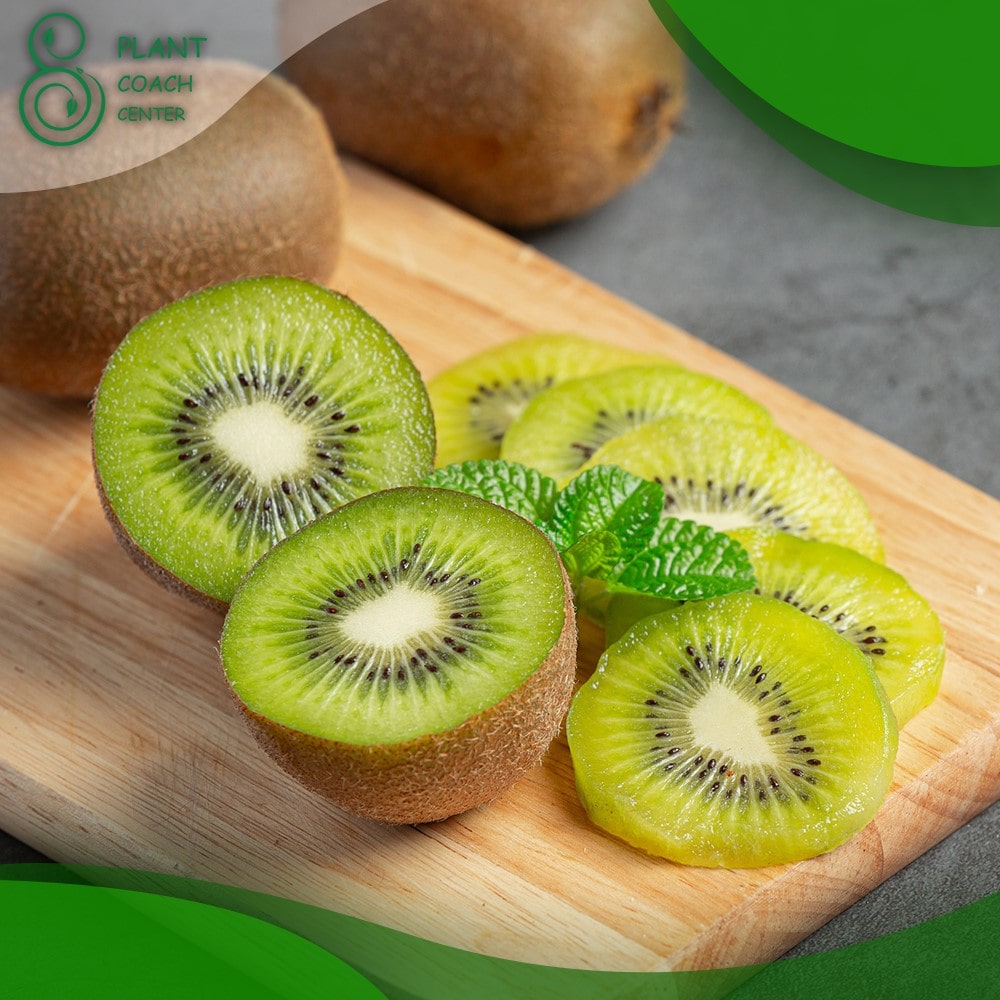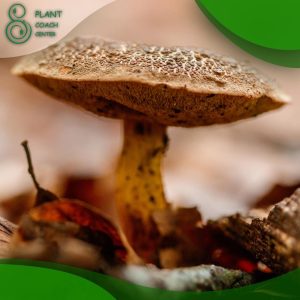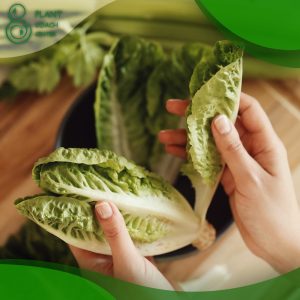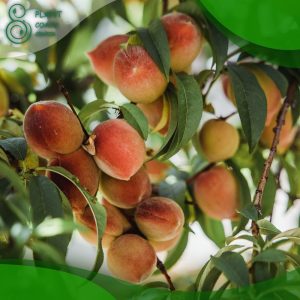Introduction
Ever found yourself pondering over the question, “How do kiwis grow?” Well, you’re not alone! This comprehensive guide aims to shed light on the fascinating process of kiwi cultivation. Let’s embark on this journey together and unearth the secrets of growing this unique, exotic fruit.
Understanding Kiwi Plants
Types of Kiwi Plants
There’s more to kiwi plants than meets the eye. Most people are familiar with Actinidia deliciosa, the common kiwi, known for its brown, fuzzy skin and vibrant green flesh. Then there’s Actinidia arguta, the hardy kiwi, a smaller, sweeter variant that’s growing in popularity.
Kiwi Plant Characteristics
Native to China, kiwi plants are deciduous vines that can stretch up to 30 feet under optimal conditions. These plants are dioecious, meaning there are separate male and female plants. To bear fruit, both male and female plants are necessary, with one male plant capable of pollinating up to eight female plants.
Optimal Conditions for Kiwi Growth
Just like any other plant, kiwis have their own set of preferences when it comes to growing conditions.
Climate Requirements
Kiwis thrive in temperate climates with a long growing season. They need a winter chilling period to induce dormancy but are susceptible to damage from late spring frosts.
Soil Requirements
Kiwis prefer well-drained soils rich in organic matter. The soil should have a slightly acidic pH, ideally between 5.0 and 6.5.
Sunlight and Watering Needs
Full sun exposure is crucial for kiwis to flourish. While they need plenty of water, the soil should never be waterlogged. Over-watering can lead to root rot, a common issue in kiwi cultivation.
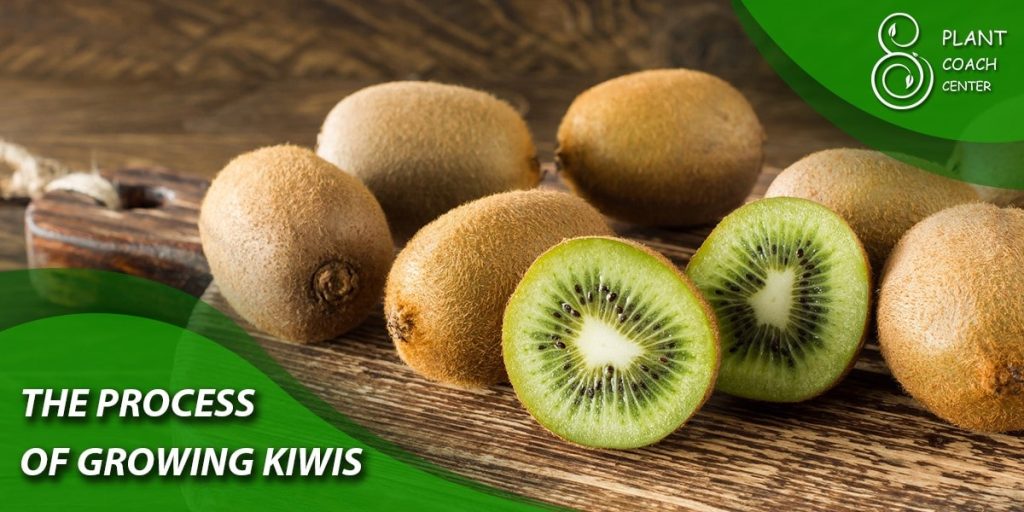
The Process of Growing Kiwis
Growing kiwis is a rewarding process, but it requires patience and care.
Planting Kiwi Seeds
Begin with fresh kiwi seeds sown in a pot filled with a mix of potting soil and organic compost. Cover the seeds lightly with soil, water well, and maintain a consistent temperature of about 70°F. Germination can take up to a month.
Caring for Young Kiwi Plants
Once the seedlings are about 3 inches tall, they can be transplanted into individual pots. Keep them well-watered, but avoid water-logging the soil. As the plants grow, they’ll need a sturdy trellis to support their vigorous growth.
Training and Pruning Kiwi Vines
Training kiwi vines onto a trellis system helps ensure healthy growth and easier harvesting. Pruning is vital to maintain the plant’s shape, encourage fruiting, and prevent diseases.
Common Challenges in Kiwi Cultivation
Growing kiwis can come with its fair share of challenges.
Pests and Diseases
Kiwis are susceptible to several pests and diseases, including vine borers, leaf rollers, and root rot. Regular checks and prompt action can prevent these issues from becoming severe.
Overcoming Environmental Challenges
Late spring frosts can damage new growth, while high winds can harm flowers and young fruit. Protective measures such as frost cloths or wind barriers can be beneficial.

Harvesting and Storing Kiwis
The fruits of your labor are ready to be enjoyed when the kiwis are plump and slightly yield to pressure.
When to Harvest
Kiwis are typically ready for harvesting in late fall. However, they don’t all ripen simultaneously, so you’ll likely be picking them over several weeks.
How to Store Kiwis
Freshly harvested kiwis can be kept at room temperature to ripen, which usually takes a few days. Once ripe, they can be refrigerated to slow down the ripening process and can last for several weeks.
What are some common challenges that kiwi growers face?
Growing kiwis, like any other fruit, is not without its challenges. Here are some common issues that kiwi growers often face.
1. Pollination Issues: Kiwi plants are dioecious, meaning that there are separate male and female plants. Successful fruit production requires both male and female plants for pollination. Even with both sexes present, pollination can sometimes be a challenge due to weather conditions or lack of pollinators.
2. Climate Sensitivity: Kiwis require a specific climate to thrive. They need a long growing season and a winter chilling period to induce dormancy. However, they’re susceptible to damage from late spring frosts, which can kill the tender growth and blossoms, leading to a reduced harvest.
3. Pests and Diseases: Kiwi plants can be prone to a variety of pests and diseases. These include vine borers and leaf rollers, which can cause significant damage to the plants. Root rot, often caused by overwatering, is another common issue. Regular monitoring and early intervention are key to managing these problems.
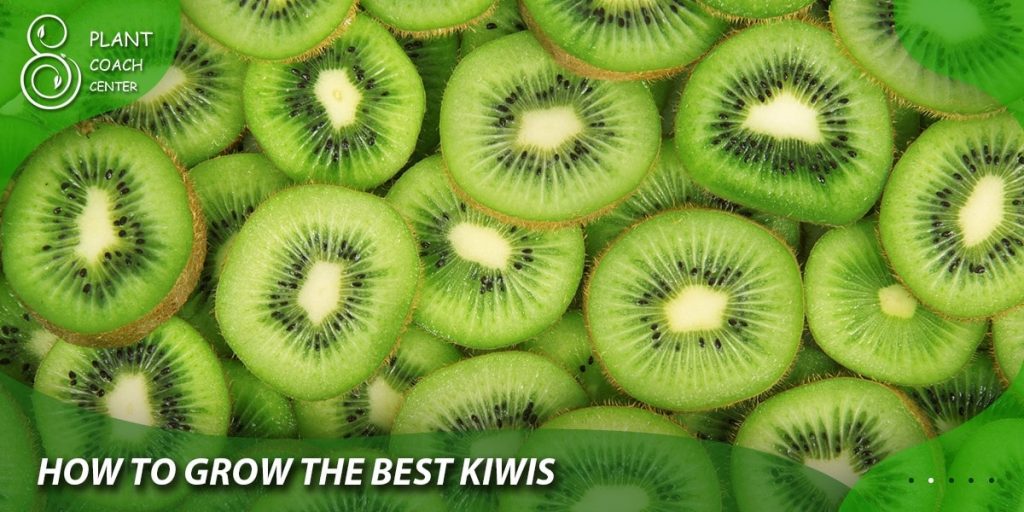
4. Size Management: Kiwi plants are vigorous growers and can quickly take over a space if not properly managed. Regular pruning is needed to control the size of the plants, encourage better fruit production, and prevent diseases by improving air circulation.
5. Soil Requirements: Kiwis prefer well-drained soils that are rich in organic matter, and they need a slightly acidic pH. If the soil conditions are not optimal, the plants may not thrive, and fruit production can be negatively affected.
6. Harvesting Timing: Knowing the right time to harvest is crucial. Kiwis are typically harvested in the late fall while still firm, and then allowed to ripen off the vine. Harvesting too early or too late can affect the quality of the fruit.
While these challenges may seem daunting, with the right knowledge and preparation, they can be effectively managed, leading to a thriving and fruitful kiwi plant.
Conclusion
Growing kiwis can be a rewarding endeavor, bringing a taste of the exotic right into your garden. It requires patience, care, and a bit of gardening know-how, but with this comprehensive guide, you’re well-equipped to start your own kiwi-growing journey.
How long does it take for a kiwi plant to bear fruit?
Most kiwi plants start bearing fruit about 3-4 years after planting. However, this timeline can vary depending on the growing conditions and the specific variety of the plant.
Can I grow kiwis in a container?
Yes, you can grow kiwis in large containers, but they will require regular pruning to manage their vigorous growth.
Do I need both male and female kiwi plants to produce fruit?
Yes, kiwi plants are dioecious, which means there are separate male and female plants.
What are the main pests and diseases that affect kiwi plants?
What are the main pests and diseases that affect kiwi plants?
How can I tell when kiwis are ready to harvest?
Kiwis are typically ready for harvest in late fall when they’re plump and slightly yield to pressure.
How should I store harvested kiwis?
Freshly harvested kiwis can be kept at room temperature to ripen, which usually takes a few days.


